PROLOGUE
At the cemetery at Heiligenkreuz before dawn.
ACT I
At the ball to celebrate his wedding to Princess Stephanie, Crown Prince Rudolf offends his parents and bride by flirting with Princess Louise. Alone, he meets Countess Larisch and Baroness Vetsera, who introduces her daughter, Mary. Four Hungarian officers interrupt, pleading their separatist cause. Countess Larisch tries to revive her past relationship with Rudolf. The Emperor discovers them and orders Rudolf to join his wife. Rudolf first visits his mother, Empress Elizabeth, and attempts to engage her sympathy. At Rudolf’s apartments, Stephanie is prepared for the wedding night. Rudolf forces himself on her, terrifying her with a revolver.
ACT II
At a notorious tavern, Bratfisch tries to entertain Stephanie, but she leaves, disgusted. Rudolf devotes his attention to his mistress, Mitzi Caspar. His Hungarian friends hand out political pamphlets. They hide during a police raid. Despairing, Rudolf suggests to Mitzi they commit suicide together. Prime Minister Taafe comes to remove Rudolf from the tavern. As Rudolf leaves, Countess Larisch presents Mary Vetsera.
Countess Larisch calls on Baroness Vetsera at her house. She tells Mary’s fortune, assuring her that her romantic dreams will come true. Mary gives her a letter for Rudolf.
During Franz Josef’s birthday, Taafe confronts Rudolf with the Hungarian pamphlet. The Empress presents her husband the Emperor with a portrait of his ‘friend’, Katherina Schratt, and Rudolf observes an amorous exchange between the Empress and ‘Bay’. Countess Larisch teases Rudolf with Mary’s letter. Mary and Rudolf meet in secret at Rudolf’s apartments for the first time.
ACT III
At a shoot in the countryside, Rudolf kills a courtier and almost hits the Emperor. The Empress discovers Countess Larisch with Rudolf at his apartments and dismisses her, unaware that Mary is waiting outside. Mary joins Rudolf, who asks her to die with him.
Rudolf, drinking with his friends in the hunting lodge at Mayerling, indicates that he is unwell, and they leave. Bratfisch arrives with Mary and attempts to entertain them. In a passionate frenzy Rudolf makes love to Mary. Calming his nerves with morphine, he embraces her then shoots her. Rudolf’s friends rush in and are expelled by Rudolf who, left alone, shoots himself.
EPILOGUE
Return to the cemetery at Heiligenkreuz.
Prologue: The cemetery at Heiligenkreuz before dawn
Act I
Scene 1: The ballroom at the Hofburg Palace, Vienna
A ball to celebrate the marriage of Crown Prince Rudolf of Austria-Hungary and Princess Stephanie of Belgium is in full swing. Rudolf flirts shamelessly with Stephanie's sister, Princess Louise, offending both his new bride and his parents, Emperor Franz Josef and Empress Elisabeth. Rudolf meets Countess Marie Larisch, a former mistress, and Baroness Vetsera. The Baroness introduces her 17-year-old daughter Mary Vetsera. Four Hungarian officers, friends of Rudolf, enter and forcefully argue the separatist cause of their country. Countess Larisch tries to rekindle her relationship with Rudolf. The pair are discovered by the Emperor, who demands that Rudolf return to his wife.
Scene 2: The Empress’s apartments at the Hofburg
Having retired from the ball, Empress Elisabeth is being attended by her ladies-in-waiting. Rudolf visits his mother, on his way to his new bride. He expresses his deep unhappiness at being pressured into marriage. Desperate for maternal affection he tries to embrace the Empress, only to be coldly rebuffed.
Scene 3: Rudolf’s apartments at the Hofburg
Princess Stephanie is getting ready for her wedding night. Rudolf enters and threatens Stephanie with a revolver before forcing her.
Act II
Scene 1: A notorious tavern
Rudolf and Stephanie enter the tavern in disguise. They are accompanied by Rudolf's driver Bratfisch, who attempts to lighten Stephanie's spirits. Prostitutes compete for the men's attention and Stephanie flees the tavern in disgust. Rudolf turns his attention to his Hungarian friends and his regular mistress, the courtesan Mizzi Kaspar. The police burst in and Rudolf, Mitzi and the Hungarian officers hide. The police arrest several people before leaving. In a despairing mood, Rudolf proposes a suicide pact to Mitzi. The Prime Minister Count Taaffe enters the tavern, looking for Rudolf. Rudolf hides again but Mitzi tells the Count where he is hidden. The Count and Mitzi leave together.
Scene 2: Outside the tavern
Countess Larisch, ostensibly chaperoning Mary, presents the young girl to Rudolf as he leaves the tavern.
Scene 3: The Vetsera house
Countess Larisch calls on her friend Baroness Vetsera. She finds Mary absorbed by a portrait of Rudolf. Countess Larisch tells Mary's fortune using a pack of cards and informs her that her romantic dreams will come true. Mary gives the Countess a letter to deliver to Rudolf on her behalf.
Scene 4: The Hofburg
During the Emperor's birthday celebrations Count Taaffe confronts Rudolph over an incriminating political pamphlet on the Hungarian cause. Colonel 'Bay' Middleton hands the Count a joke cigar, to Rudolf's intense amusement. The Empress presents the Emperor with a portrait of his 'friend' Katherina Schratt. A firework display distracts everyone except the Empress and 'Bay.' Rudolf notices their amorous exchange and becomes bitterly resentful. Countess Larisch produces Mary's letter and teases Rudolf with it.
Scene 5: Rudolf’s apartments at the Hofburg
Mary and Rudolf meet in secret for the first time.
Act III
Scene 1: A royal shoot in the countryside
During a hunting expedition, Rudolf unaccountably shoots wildly. He kills a member of the court, narrowly missing his father.
Scene 2: Rudolf’s apartments at the Hofburg
The Empress discovers Countess Larisch and Rudolf alone together and angrily dismisses the Countess, unaware Mary is waiting outside. Mary enters after the Empress has left. Rudolf asks her to commit suicide with him.
Scene 3: The hunting lodge at Mayerling
Rudolf shares a drink with Count Hoyos and Prince Philipp of Coburg, attended by his valet Loschek. He asks them to leave, saying he is unwell. Bratfisch enters with Mary. Rudolf instructs Bratfisch to entertain him and Mary. Bratfisch, soon realizing he has lost their attention, leaves. In a mounting frenzy Rudolf makes love to Mary. He injects himself with morphine to calm his nerves and embraces Mary for the last time. He shoots her. Loschek, Hoyos and Philipp rush in, having heard the shot. Rudolf reassures them and instructs them to leave. Alone, he shoots himself. His friends rush in again, and collapse in despair when they find Rudolf's dead body.
Epilogue: The cemetery at Heiligenkreuz before dawn


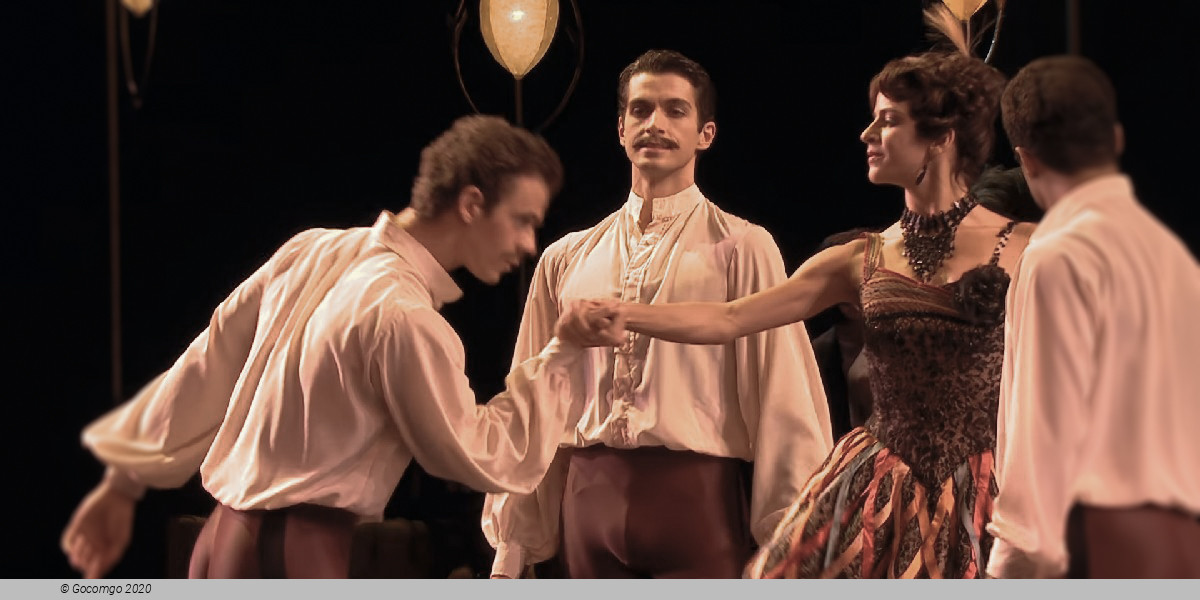
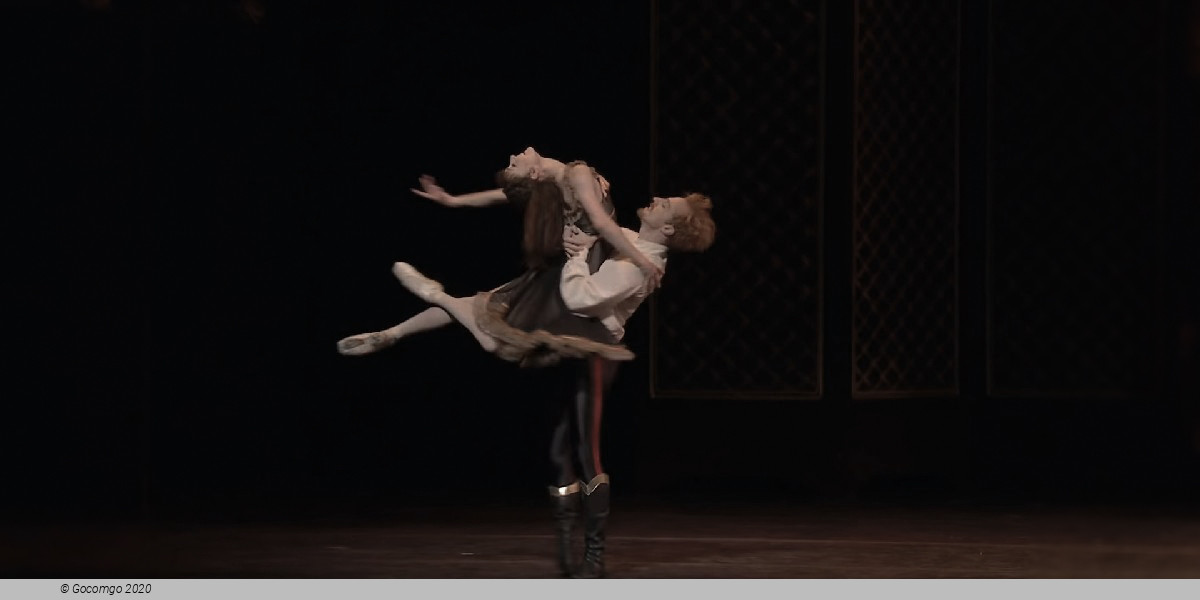
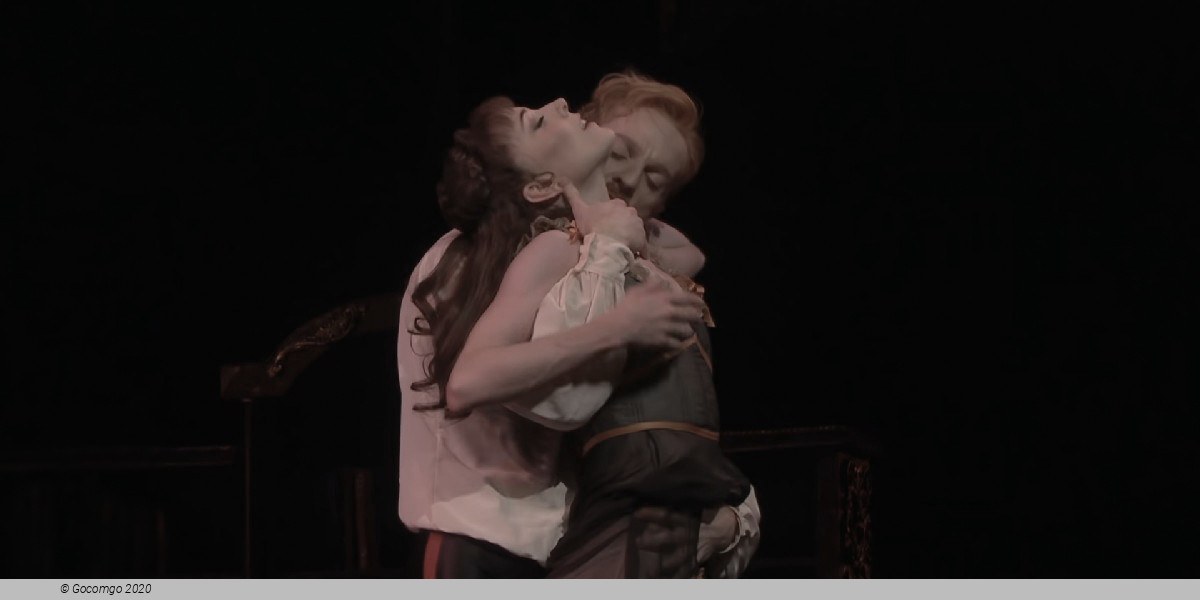
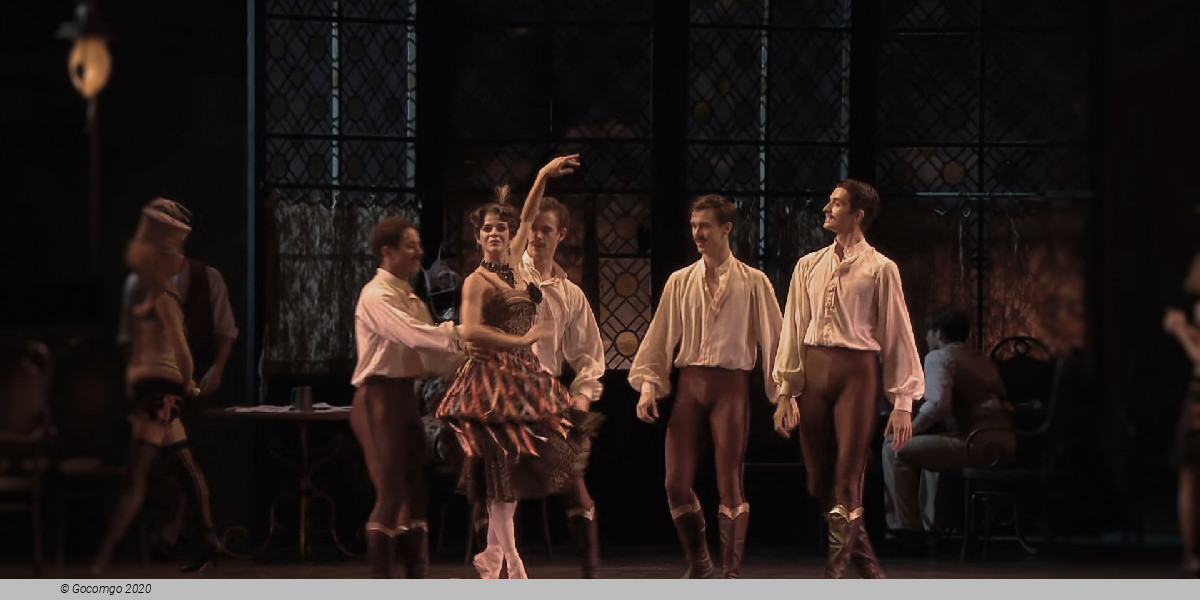
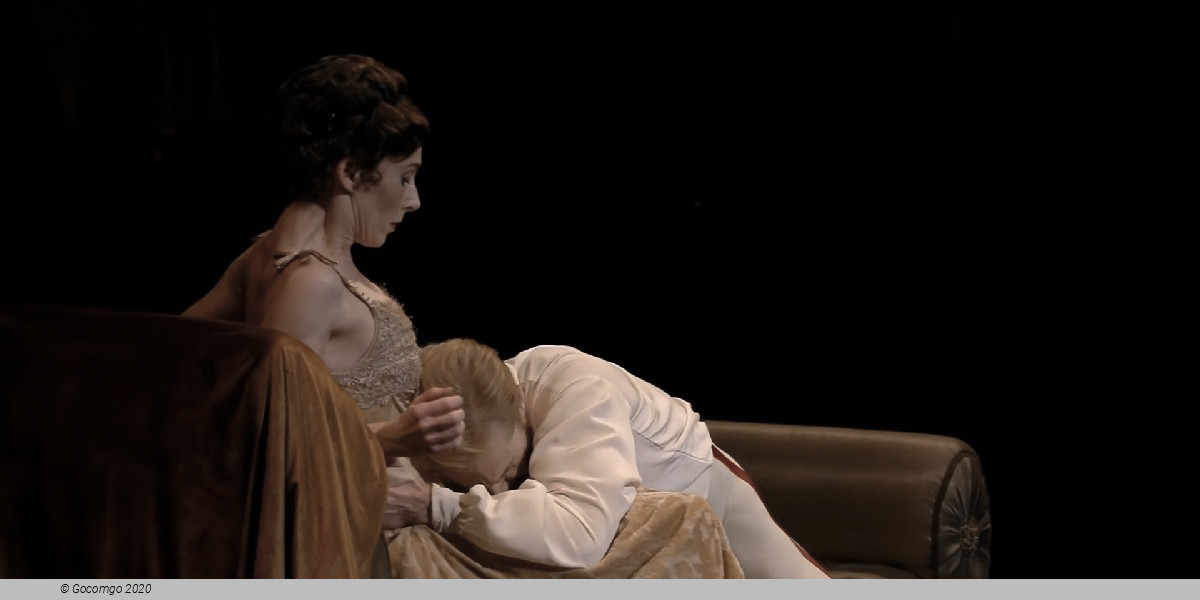
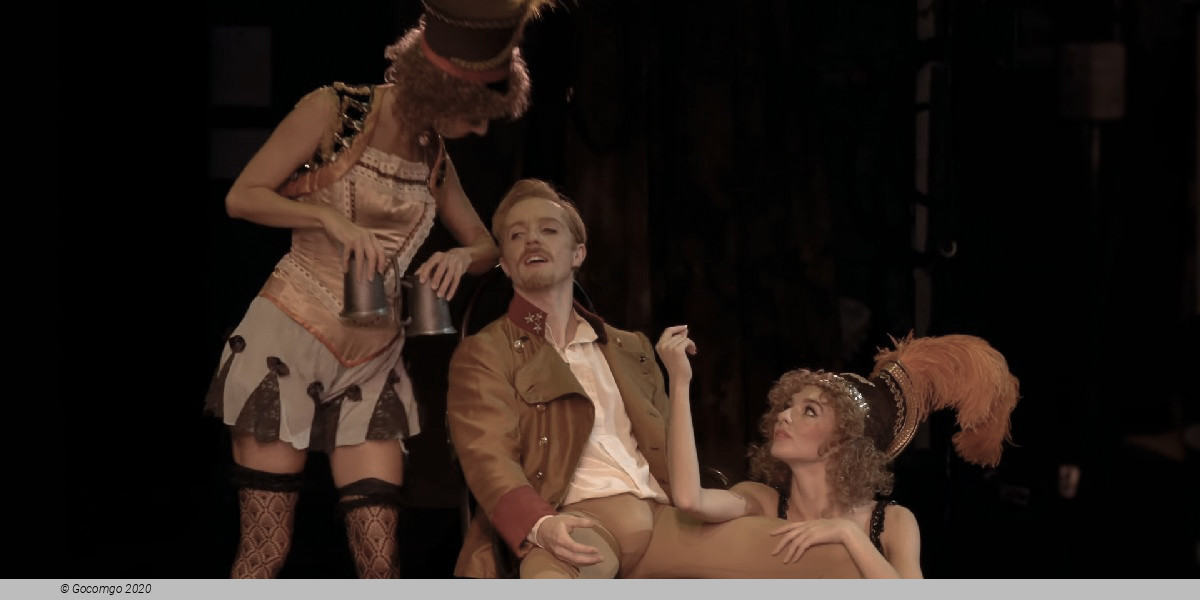
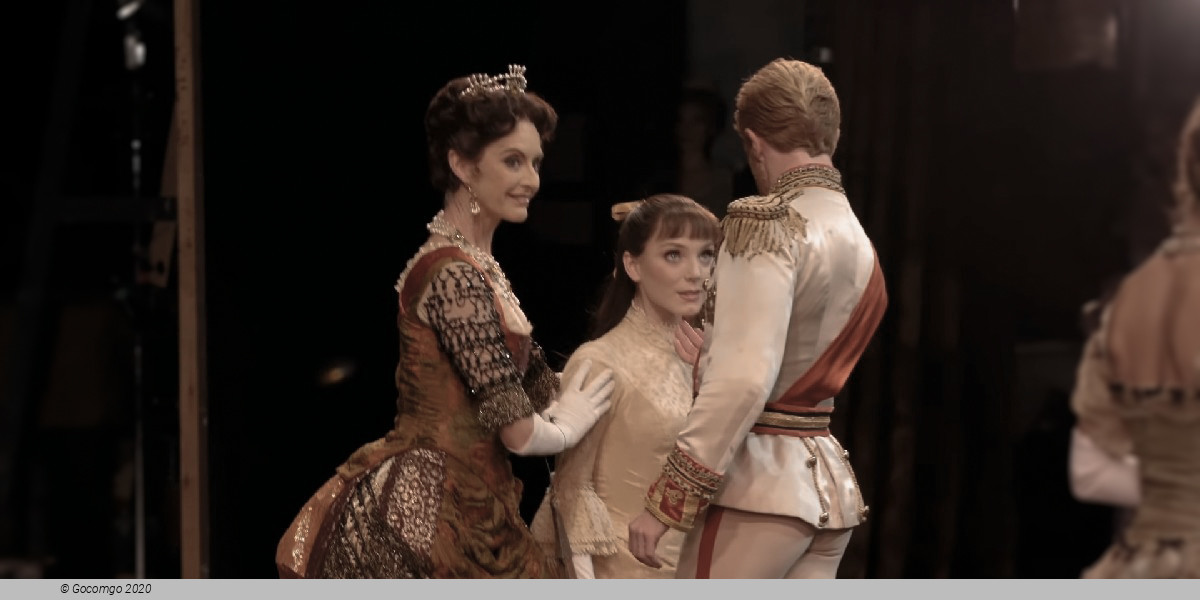
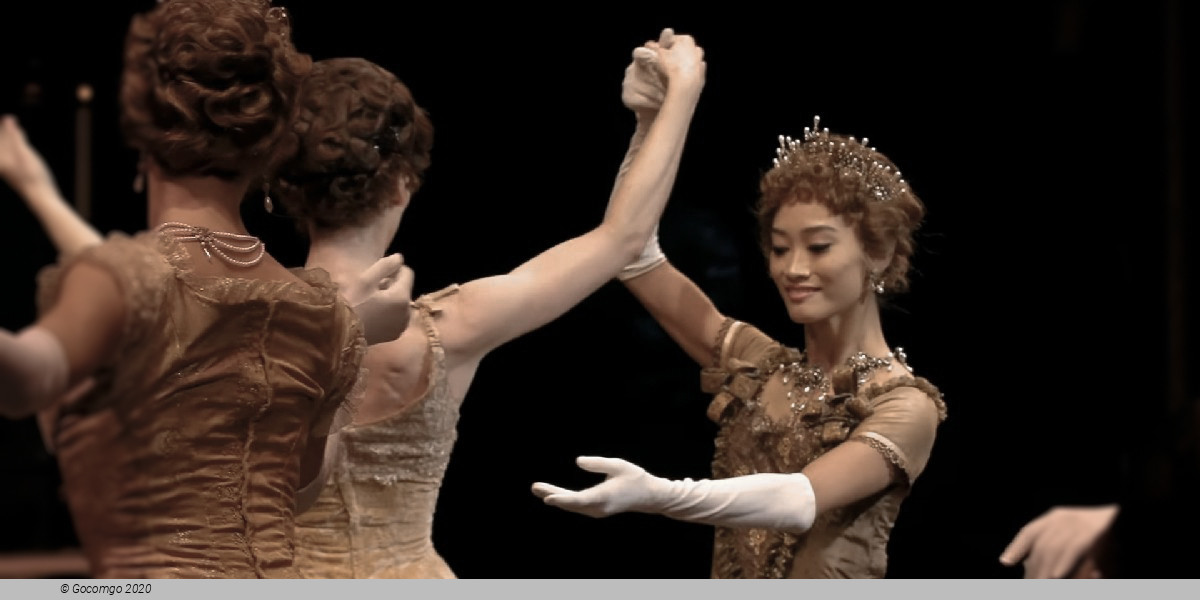
 plac Teatralny 1
plac Teatralny 1